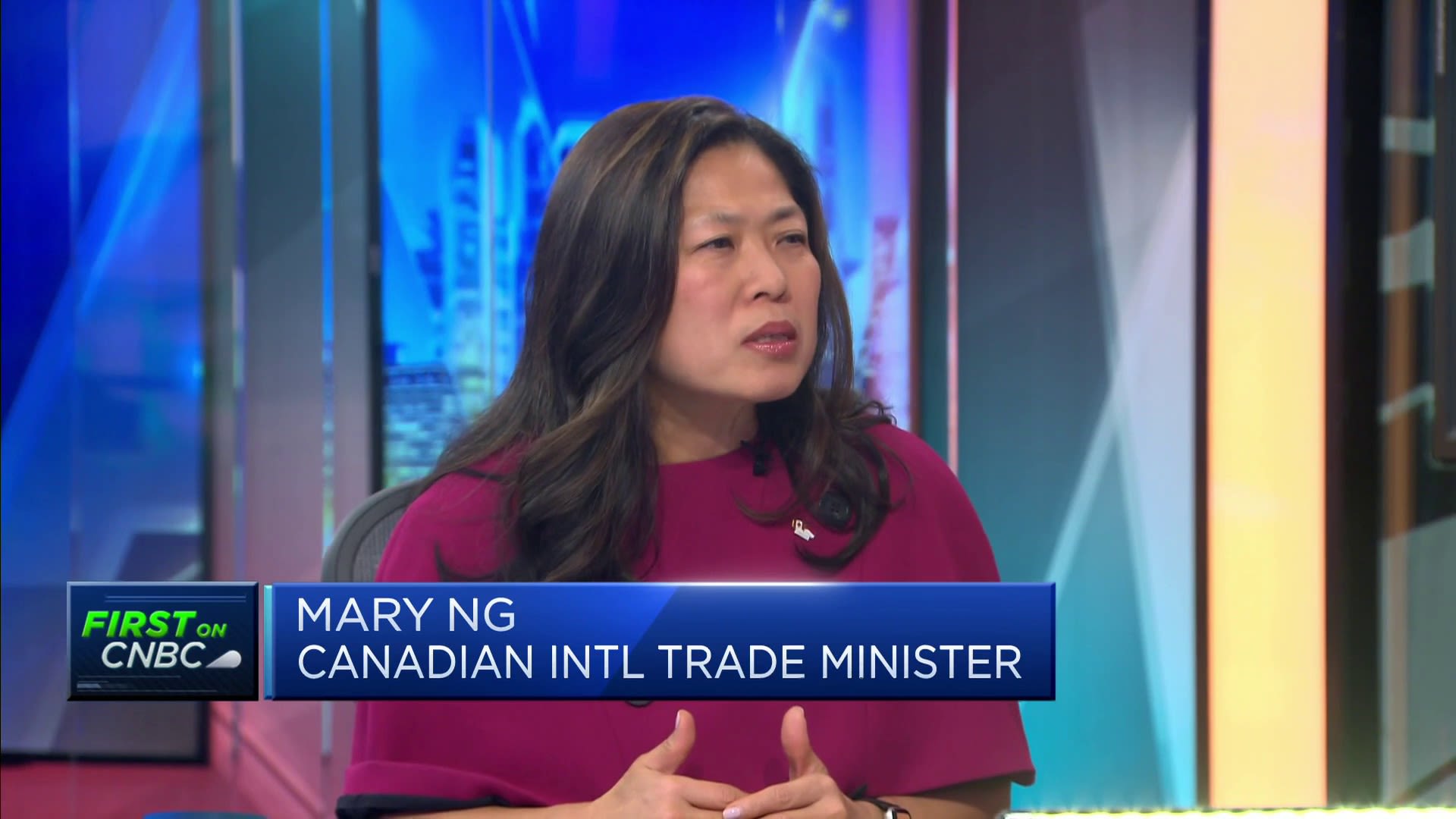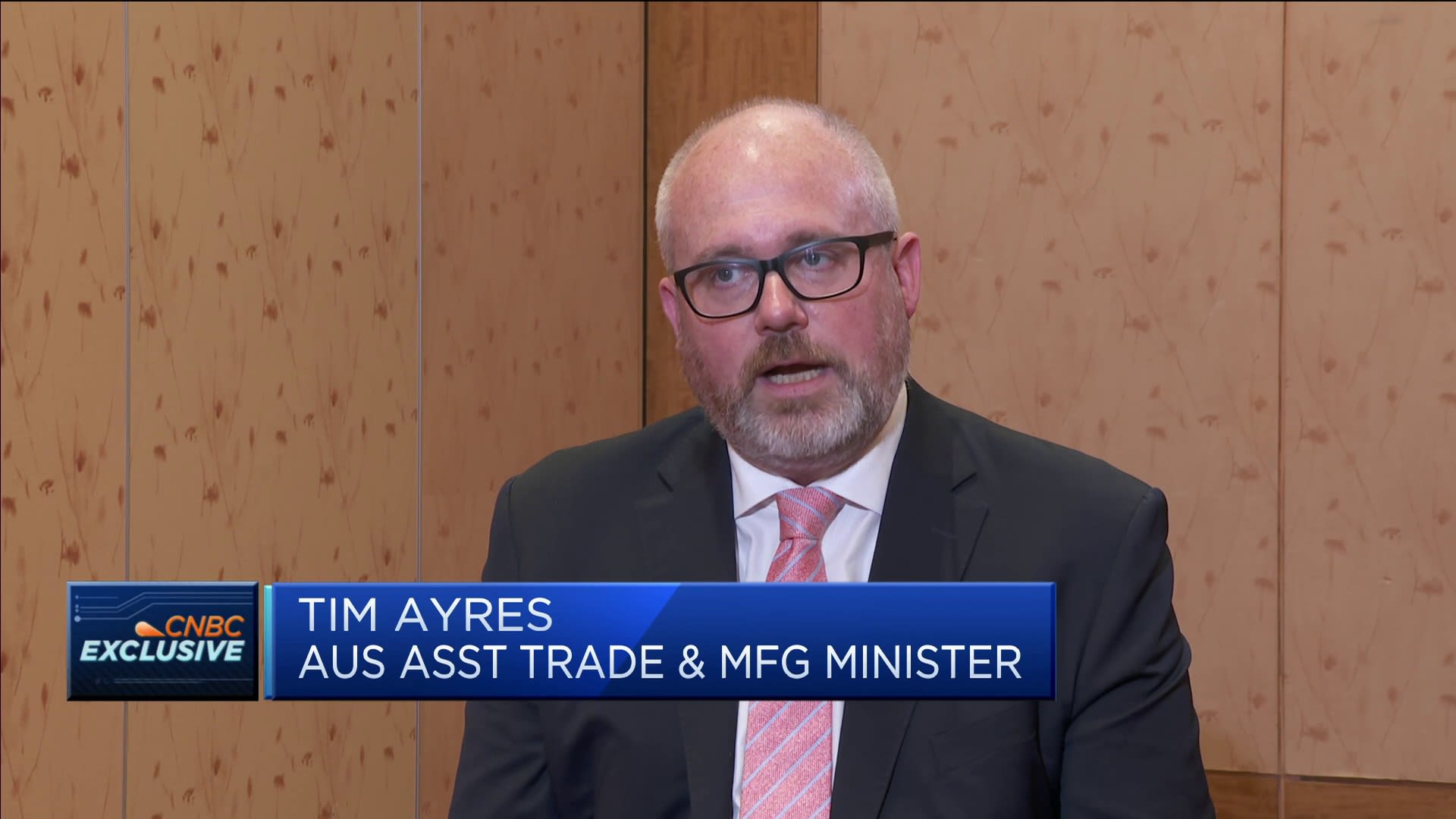
Growth in Canada’s exports to countries in the Comprehensive and Progressive Agreement for Trans-Pacific has outpaced that of its exports elsewhere, according to Mary Ng, the country’s minister of international trade, export promotion, small business and economic development.
That’s in keeping with the trade bloc’s announcement, at last weekend’s review meeting, that the deal had increased trade and investment flows for its members.
The CPTPP is one of the biggest trade blocs in the world — it has 11 members, including many from Asia-Pacific. Over the weekend, ministers and senior officials from all member countries met in Singapore for their sixth meeting to review the progress of the agreement.
“I have seen an increase in our trade and investment flows through the CPTPP … it has increased even during a time of the pandemic which has been tremendously difficult,” Ng told CNBC’s “Squawk Box Asia” on Monday.
“And I have seen the increase here outpace for Canadian exporters relative to elsewhere. So it sort of indicates the opportunities that we are only now three and a half, four years into what that potential is.”
Origins and goals
The CPTPP is a multilateral trade deal signed in 2018 that was formed after the United States, under the Trump administration, withdrew from the Trans-Pacific Partnership.
Covering about 14% of the world’s economy, the deal involves not only the elimination of trade tariffs between trading countries but also other advanced aspects of trade, such as improving market access for small businesses and stepping up cooperation in the “green” and digital economies.
The Comprehensive and Progressive Agreement for Trans-Pacific Partnership is a multilateral trade deal signed in 2018 that was formed after the United States withdrew from the Trans-Pacific Partnership.
Claudio Reyes | Afp | Getty Images
The U.S. has not shown interest in rejoining the trade deal. Instead, it set up the Indo-Pacific Economic Framework in May — an economic initiative with Asia-Pacific. Unlike the CPTPP, however, it is not a trade deal.
Last week, Malaysia became the ninth member country to ratify the CPTPP. The agreement will come into force for the country in November.
Over the weekend, member countries discussed the bloc’s progress, resolved to maintain global trade and counter protectionism.
“We reaffirm our strong commitment to upholding and supporting the rules-based multilateral trading system, with the WTO at its core, including as a means for responding to economic coercion,” the group said in a joint statement.
“Concomitantly, we remain resolute in our continued commitment to facilitate the flow of essential goods and services in a manner consistent with and supportive of international trade rules.”
Member countries agreed to mitigate supply chain vulnerabilities and promote the integration of small- and medium-sized enterprises in global supply chains.
China’s and U.K.’s application
The group also said it was still considering the U.K.’s application to join the CPTPP. The U.K. is the first country to apply to join the bloc. Since then, others including China and Taiwan have also applied.
“We believe that the U.K. can meet those [high] standards,” Ng told CNBC.

“The other principle that we always agreed to in CPTPP is that it would be an agreement that would allow for accessions. So we are taking our time, we are working with the United Kingdom … it’s the first one and we want to get it right.”
When asked about the progress of China’s application, Australian assistant trade minister Tim Ayres told CNBC in an interview on Monday that the bloc wants to focus on the U.K.’s application first, and make sure it meets the trade deal’s high standards before considering others.
“So we want to ensure that that it sets the standard for future applications, and we’ll come to those [other] accession applications following the U.K. accession process,” Ayres said.
Correction: An earlier headline misrepresented Mary Ng’s quote.

